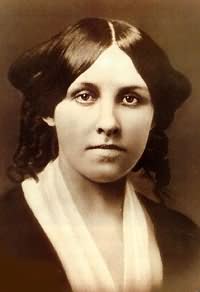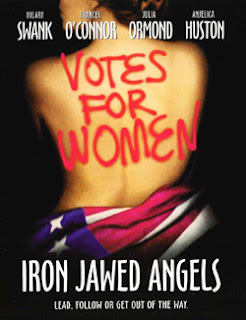April 23rd is a very important day for the literature world. This day is known as International Day of the Book or World Book Days, a yearly event on April 23rd, organized by UNESCO to promote reading, publishing and copyright. In adition, it's the day in which each country commemorate their best writters.
Because of this, we want to present the USA suffrage literature because this was also an important way to fight for their rights and show the female power education. Furthermore, an astonishing number of canonical and popular US writers voiced their support of woman suffrage through literary works.
Between the most important figures, we can mention:
Between the most important figures, we can mention:
Fanny Fern, for example, wrote pro-suffrage essays such as “Independence” and “Shall Women Vote?”.
- Harriet Beecher Stowe published serialized fiction such as "My Wife and I" and fictional dialogues such as "The Chimney Corner" that expressed moderate support for suffrage.

Louisa May Alcott and Elizabeth Stuart Phelps authored suffrage literature for children.
Twentieth-century authors Gertrude Atherton, Mary Johnston, Zona Gale, Edna Ferber, and Mary Austin all wrote novels that describe aspects of American suffrage in moving detail.
Even avant-gardist Gertrude Stein considered the suffrage theme when she wrote an opera libretto memorializing Susan B. Anthony, The Mother of Us All twenty-five years after the ratification of the Nineteenth Amendment. In addition to these more canonical figures, many popular writers–sensation novelist Lillie Devereux Blake, satirical poet Alice Duer Miller, and Western writer Abigail Scott Duniway–also made significant contributions to the suffrage literary tradition.
FOR MORE INFORMATION ABOUT SUFFRAGE LITERATURE:
Fern, Fanny. Ruth Hall and Other Writings. Ed. Joyce Warren. New Brunswick: Rutgers University Press, 1986.
—-. “A Divided Republic: An Allegory of the Future,” in A Daring Experiment and Other Stories. New York: Lovell, Coryell, 1892: 346–60.
Duniway,Abigail Scott. Edna and John [1876]. Reprint, Pullman: Washington State University Press, 2000.
Ferber, Edna. Fanny Herself. New York: Frederick A. Stokes Company, 1917
BIBLIOGRAPHIE:
- https://en.wikipedia.org/wiki/World_Book_Day#Spain
- http://womensuffrage.org/?p=529









